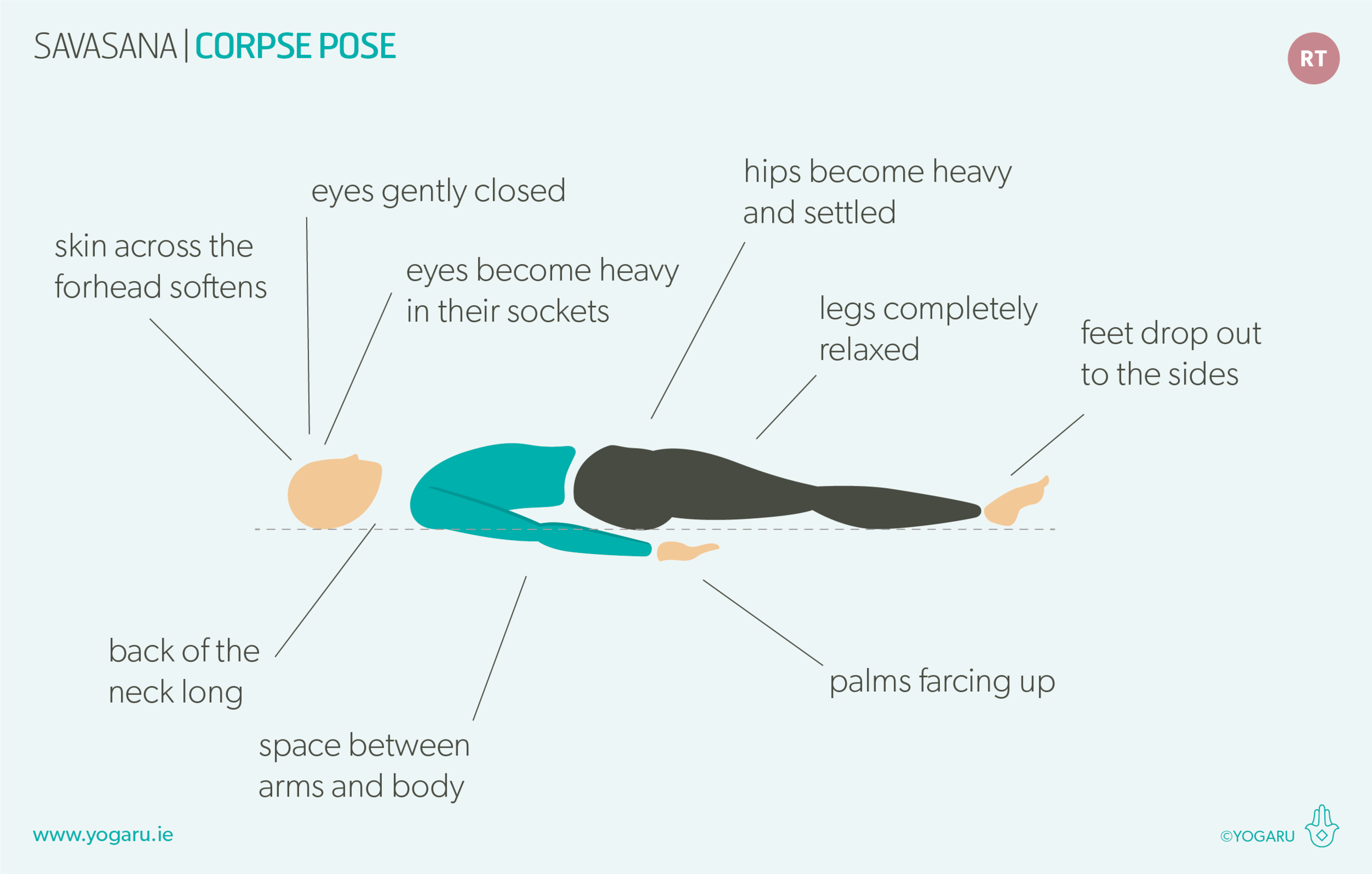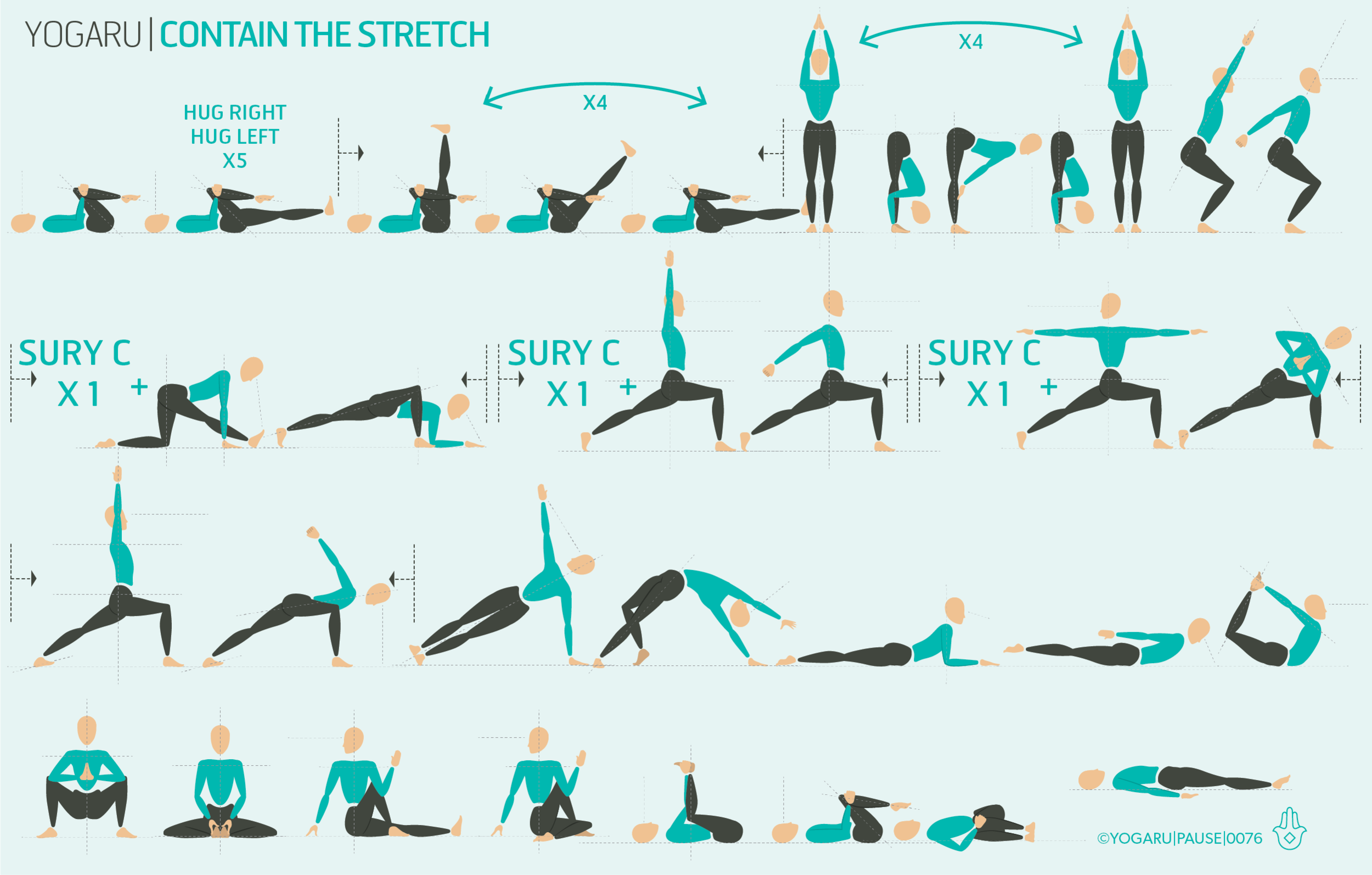THE POSE OF INTEGRATION
Savasana/Corpse Pose is the ultimate pose of pratikriyasana or integrating the effects of the asana. Throughout the practice we use counter poses to neutralise tension caused by the more challenging poses. Savasana/Corpse Pose is a counter pose for the complete practice. It is considered one of the hardest poses in yoga. The mind likes to stay busy and doesn’t take kindly to being asked to quieten. But without Savasana/Corpse Pose you have lost the gentle reintegration to everyday life and the ability to bring the benefits of the practice with you. It triggers the rest, digest and restore nervous system response. Savasana/Corpse Pose is the most important pose for assimilating all the work you have done on your mat.
ALIGNMENT CUES
General rule of thumb is take 10 minutes of Savasana/Corpse Pose for every hour of practice, or longer if you have the time or need extra space to reap the medicinal benefits of your practice. Consider using props if they help you release into your most comfortable Savasana/Corpse Pose. Placing a bolster under your knees will help with any hip tension and will support the lower back if you have back issues. Covering yourself with a blanket will keep you cosy and comfortable as you cool down, and tell your nervous system you are safe and secure.
Print out the tips below and use them to help you find comfort in your Savasana/Corpse Pose:
Lie on your back, legs stretched out, arms slightly away from your body, palms facing up.
Legs slightly apart and feet fall out to the side, soften your shoulder, back of the neck long.
Gently close your eyes, let the body become heavy and melt into the support of the ground
Soften the muscles across your forehead, releasing all tension, gaze inwards.
Let all the muscles and bones of you body release any help tension.
Let the thought come and go without attachment to what you should or shouldn’t be feeling in your Savasana/Corpse Pose.
Melt, release, soften, relax, breath.
To save the images for personal use click and hold down the image until the ‘save image’ option appears; on Mac hold down ‘control’ and click the image to get the option box; on PC right click on the image to get the option box. Scroll down in the ‘option box’ and click ‘save image’.
Ruth Delahunty Yogaru




